Camera Focal Lengths: A Short Guide to Lens Focal Lengths for Beginners
Dear Steemians,
People seem to love short guides. My academic papers with the words “short”, “concise”, and “brief” too seem to get the most attention. In the spirit of being brief, this short guide is about camera focal lengths.
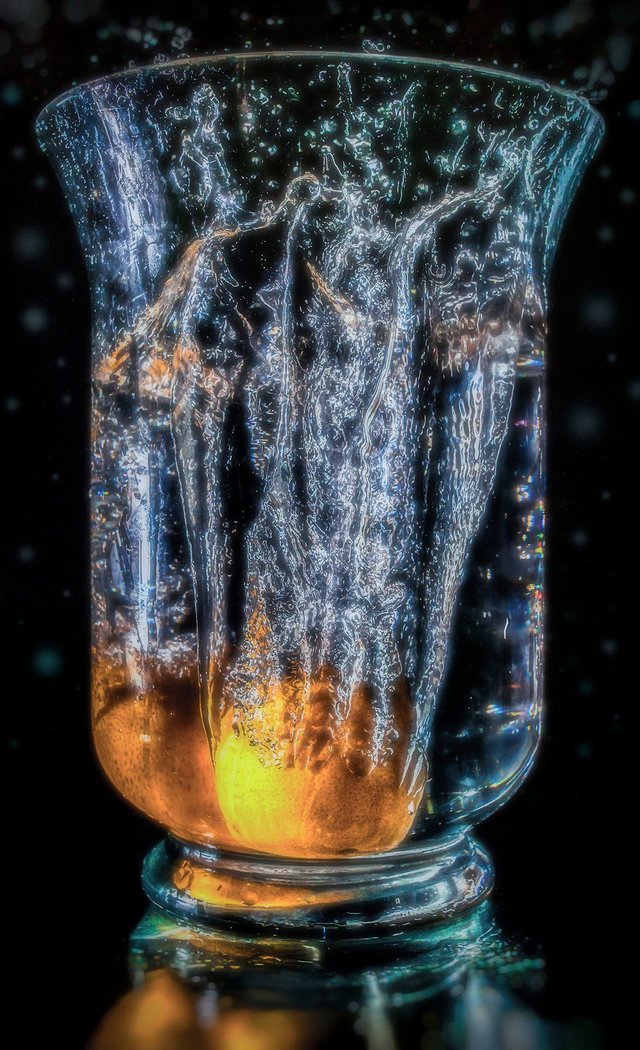
(From my "Splash!" project called "Only a Dream: Soft, Smooth, and Weightless". The focal length here is 50mm on my crop frame sensor camera which isn't enough to completely remove the perspective distortion. A higher focal length would make the image less imposing and flatter.)
A focal length is the distance between the pieces of glass that make up your lens. If you wear glasses you will not have you eye focal length changed because you need several pieces of glass to allow light to meet. According to Google, focal length is “the distance between the centre of a lens or curved mirror and its focus”.

(Another from my Splash! project. This time the focal length is greater than the previous image and the perspective distortion is less. PS If you want to try this I'd practice with water first ;) )
The human eye is about 17mm, which is really wide. We see far wider than a camera lens usually allows with the exception of if you’re shooting with a wide-angle lens equivalent. In addition, we can rotate our neck and see out of the corners of our eyes while a camera lens generally sees only what’s in front of it.
A wide-angle lens can be anything less than 16mm. I would argue that 30mm should be the upper threshold for wide angle lens. In fact, I have a 28mm Nikkor H.C that’s quite old but still can be used on my crop frame sensor camera (Nikon D3300) because it’s actually about 17mm equivalent focal length. Super-wide lenses go down to about 8mm which is an insane field of view.
Focal lengths change depending on the size of the sensor inside your camera. A crop frame sensor is smaller than a full frame sensor so although it says the focal length on the lens you need to calculate it to the size of the sensor.
For portraits, a 50mm focal length or above is recommended. This is to reduce distortion (fish eye and others) that occur when using a wide-angle lens. For interview style or close up portraits you should use 85mm or above.
85mm is about the threshold of “normal lens”. Above that telephoto lens go up to 800mm for wildlife photography and even higher for specialised purposes. I have a 55-300 which allows me to shoot animals and portraits and really get in tight with my subjects. The f-stop isn’t that low (F4.5) but the power of the zoom helps separate out my subjects from the background.
Focal lengths change drastically at lower numbers. A shift from 18 to 30 is huge: you can really feel the difference it makes to the image. Once you get beyond 100mm it really doesn’t make much difference in the field of view. Really, you’re just allowing a small field of view because of the zoom leaving the focal length more or less unaffected by the change from 200 to 300 for instance.
Not only are you changing the field of view but also the perspective with different focal lengths. If you’re new to glancing at the world through a lens this might not seem that important. Trust me, and I hope this .gif from wiki illustrates, it makes a world of difference. Objects can appear tilted or out of perspective if you decide to shoot with the “wrong” focal length. However, it all depends what you’re after and there really is no right or wrong focal length. Just keep in mind that focal lengths change the scene dramatically.
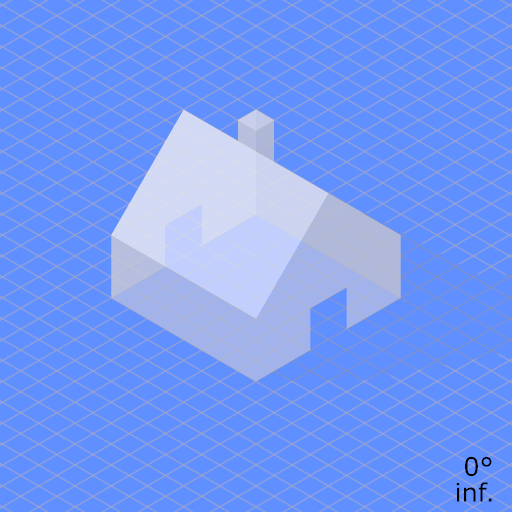
Source: https://en.wikipedia.org/
Film maker Stanley Kubrick would test out his lenses from different companies before deciding on which ones he would use for his films. He knew his focal lengths and you can really tell you’re watching his work because of the, for instance, symmetrical composition and brilliant understanding of how perspective works. He shot on actual film too which is incredibly expensive leaving little room for error so he had to know what to expect from each lens before using it. Cool story, NASA had Carl-Zeiss manufacture a special lens for the Apollo missions to be used in low light (F0.7) and Kubrick used the same lens for the candle lit scenes in the film Barry Lyndon.
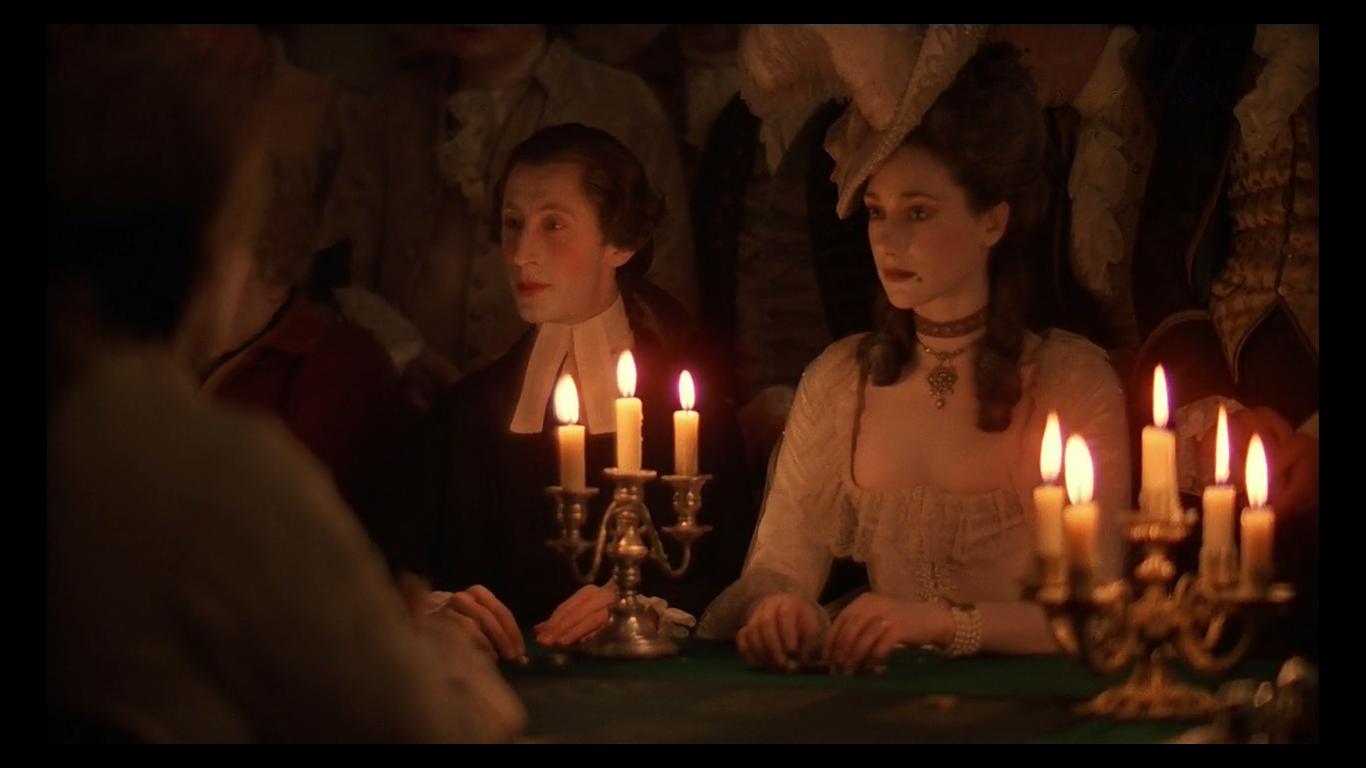
Source: https://stanleykubrick.neocities.org/
Obviously, there’s heaps more to write about but we’ll wrap it up there. I hope this gives you a good start in understanding camera focal lengths.
As always, questions, comments, and polite feedback most welcome.
Thanks for reading! :)


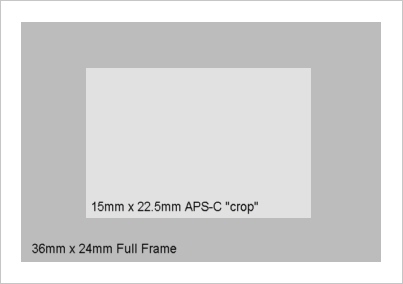
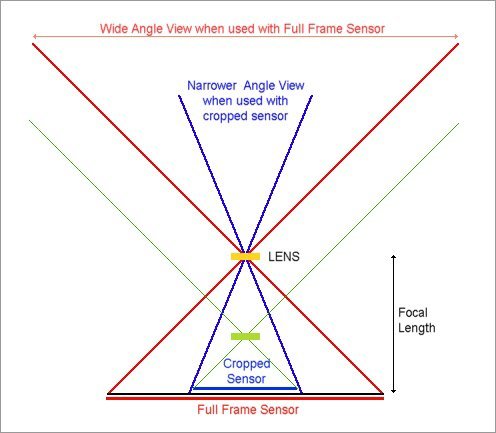
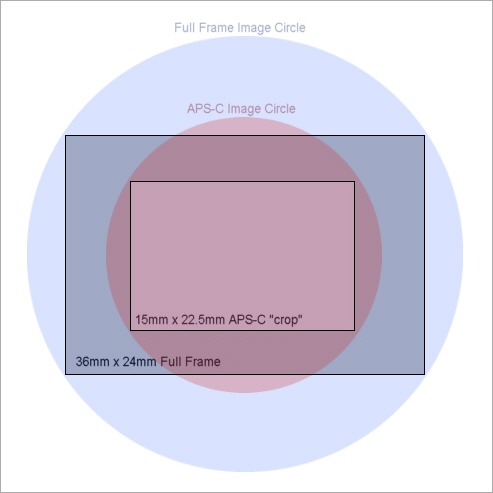
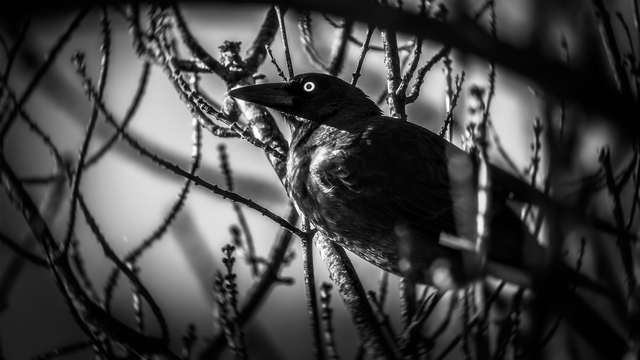
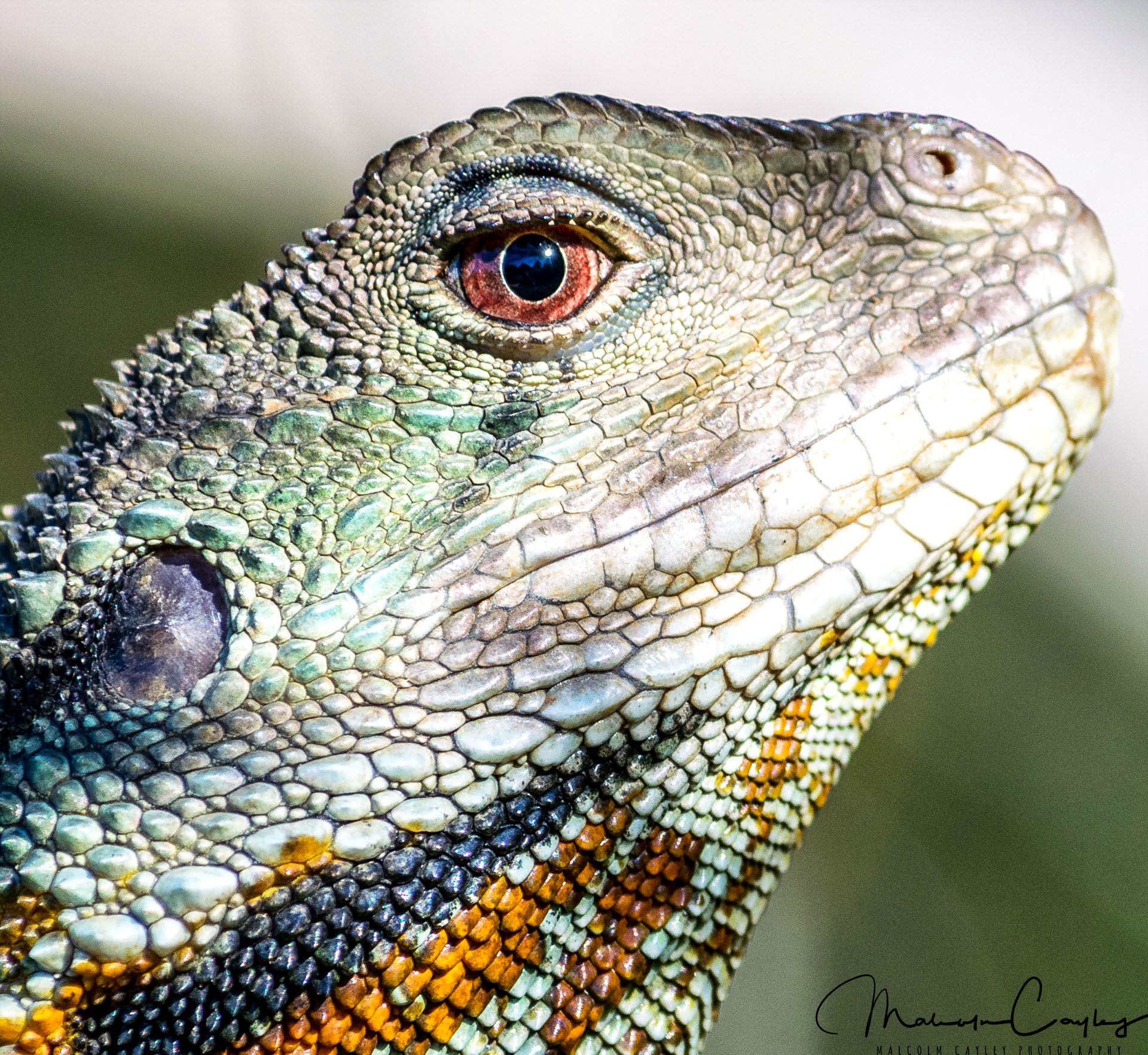
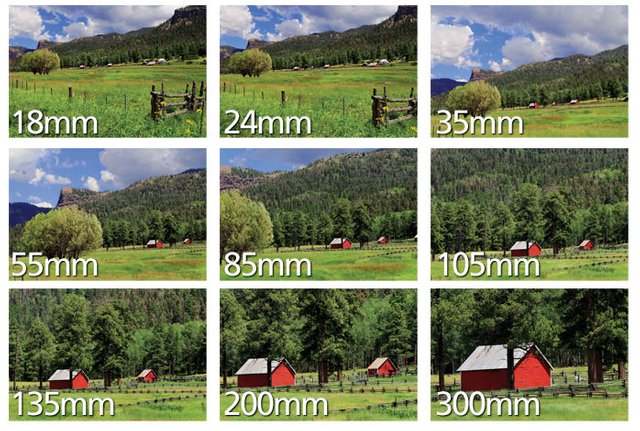
Beautiful pictures. I'm really happy you decided to share with everyone through Steemit. @deterrencepolicy
Not a problem! Glad you enjoy them; stay tuned for more :)
Very nice photos friend.
Thank you :)
Following you so I can see the rest of your shots!
I should have some more stuff up soon :) Thanks for following :)
Great pics as always!
Thanks @choogirl! It's a pleasure to share them :)
Good work @deterrencepolicy, altought I'm missing that famous comparison of 10-300mm on the same scene 😊 Upvoted, resteemed & DPS.
You mean this one? :)

Thanks for the tip :D Cheers!
Yes, that's the one @deterrencepolicy, but please edit your post and put this inside so that readers could see it without following all the comments :)
Done! Thanks for the feedback :)
You are welcome @deterrencepolicy. You did an excellent job!
awesome information. Very nice photos.